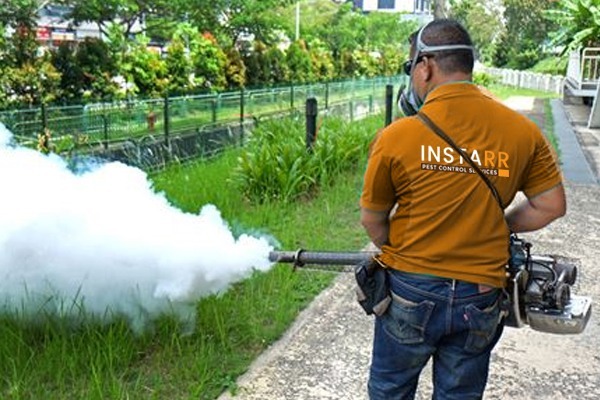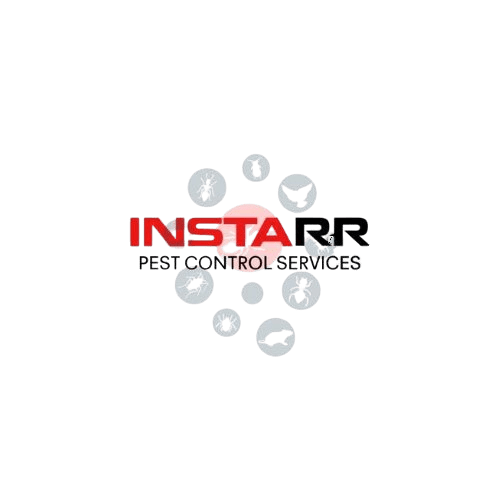PEST PREVENTION

PEST PREVENTION
Our comprehensive pest audits examine pest activity and identify building vulnerabilities that may invite pests.
Pest audit is an important process for shopping centres, F&B outlets and construction sites. It is not only to prepare for National Environment Agency (NEA) inspections but has also become a part of ongoing pest maintenance services provided by pest management industries. Pest audit is often carried out to make sure the inspected areas fit the requirements by NEA. The main pests that we target for auditing are usually mosquitoes, rodents, cockroaches and flies which can act as vectors for transmitting diseases.
Residential Pest Control
How does it work?
During a pest audit, the hired pest control company has to take responsibility by inspecting and examining for any signs of pest activity or failure of building structures that can be susceptible to the invasion of pests.
Why is it reliable?
Not only inspection, a comprehensive report which includes findings will be submitted to our clients.Clients will be able to make necessary changes to ensure the property remains free of pests and sustains a safe living environment. It is also another step that can aid in complying the regulations of NEA.
Pest prevention is paramount in Singapore’s warm and humid climate, making it a critical aspect of services offered by pest control companies. Here’s a breakdown of key prevention strategies:
Understanding the Singaporean Context:
- Climate:
- Singapore’s tropical climate fosters rapid pest breeding, necessitating proactive measures.
- High humidity encourages pests like mosquitoes and cockroaches.
- Singapore’s tropical climate fosters rapid pest breeding, necessitating proactive measures.
- Urban Density:
- The dense urban environment provides ample shelter and food sources for pests.
- Interconnected buildings facilitate pest movement.
- Regulatory Environment:
- The National Environment Agency (NEA) enforces strict regulations, emphasizing preventive measures.
- Food establishments face particularly stringent hygiene requirements.
- The National Environment Agency (NEA) enforces strict regulations, emphasizing preventive measures.
Key Preventive Strategies for Pest Control Companies:
- Thorough Inspections and Risk Assessments:
- Conduct detailed site surveys to identify potential pest entry points and conducive conditions.
- Assess the specific risks associated with different types of properties (e.g., food establishments, residential buildings).
- Conduct detailed site surveys to identify potential pest entry points and conducive conditions.
- Environmental Management:
- Advise clients on proper waste management, including secure garbage disposal and regular cleaning.
- Recommend eliminating standing water to prevent mosquito breeding.
- Promote proper food storage practices to minimize attractants.
- Advise clients on proper waste management, including secure garbage disposal and regular cleaning.
- Structural Recommendations:
- Suggest sealing cracks and crevices to prevent pest entry.
- Advocate for the installation of insect screens and door sweeps.
- Advise on proper ventilation to reduce humidity.
- Suggest sealing cracks and crevices to prevent pest entry.
- Integrated Pest Management (IPM):
- Emphasize IPM principles, which prioritize prevention over reactive treatments.
- Utilize monitoring tools to detect early signs of pest activity.
- Employ targeted treatments only when necessary, minimizing pesticide use.
- Education and Awareness:
- Provide clients with clear information on pest prevention best practices.
- Conduct training sessions for staff in commercial establishments.
- Distribute educational materials on common pests and their habits.
- Regular Monitoring and Maintenance:
- Establish ongoing monitoring programs to track pest activity.
- Conduct regular maintenance visits to reinforce preventive measures.
- Provide detailed reports to clients on pest activity and preventive actions.
- Establish ongoing monitoring programs to track pest activity.
- Technological Integration:
- Utilize smart traps and monitoring systems that provide real time data on pest activity.
- employ digital reporting systems, to provide clear documentation to clients.
- Utilize smart traps and monitoring systems that provide real time data on pest activity.
NEA Compliance:
- Ensure all preventive measures comply with NEA regulations.
- Stay updated on the latest NEA guidelines and best practices.
- Maintain accurate records of inspections and treatments.
By implementing these preventive strategies, pest control companies in Singapore can effectively protect their clients from pest infestations and contribute to a healthier environment.
Pest Prevention Process
Step1
Identify Areas to Be Prevention
Pest Prevention often cover large areas, therefore the starting point is to identify which areas require attention.
Step2
Inspect Identified Areas
The main areas of focus are then inspected thoroughly by our trained professionals.
Step3
Identify Presence of Pests
Our team identifies the presence of pests or signs of pest infestations by using our state-of-the-art equipment.
Want to find out more about our pest Prevention services in Singapore?
Then contact us now for more details or to make an appointment.
